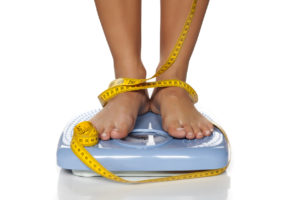
There were some intriguing questions put to all of us during dinner to discuss, but the one that became the focal point was this:
Is BMI still the best way to measure health?
According to an article on BMI, since the 1980s, two simple measurements have been used to assess people’s overall health: height and weight. After an easy calculation, you can determine your body mass index, or BMI. But, using BMI as a way to measure overall health is misleading for a simple reason: because BMI is based on weight, it doesn’t differentiate between fat and muscle, telling us nothing about body composition.
Dr. Margaret Nachtigall, a New York University reproductive endocrinologist (she did not attend the event but shared her views on BMI as a health measurement tool with me by phone) was thrilled to hear that this was a topic of conversation because she believes that BMI should not be used alone as a measurement of health.
Consider this, she said: a body builder without an ounce of fat on him, and a couch potato who is overweight with a large belly (indicating central obesity or visceral fat), can have the same height and weight, and therefore the same BMI. But, the body builder will have much more muscle mass than fat. Who do you think is healthier?
A study conducted by psychologists at UCLA showed the results of what happened when the researchers measured the subjects’ BMIs in conjunction with other measures: almost half of those people who were labeled “obese” or “overweight” because of their BMIs were healthy; and over a third of those with normal BMIs were considered unhealthy.
Clearly, measuring overall health using BMI only is obsolete.
There are more effective techniques to measure overall health and risks for certain diseases. While some require a trip to your doctor, there are also a few DIY ways that will tell you a lot about whether you’re on the path to successful aging or heading to a future of frailty:
- Waist circumference. A thickening waist isn’t uncommon as we get older, but it certainly isn’t inevitable and can indicate a slew of health issues from heart disease to diabetes. Dig out your tape measure and keep your waist under 35″ or less than half your height.
- Waist-to-hip ratio. The proportion of your waist to your hips is a predictor of heart attacks and cardiovascular disease. Measure your waist at the smallest point, then measure your hips at the widest point. Divide the first number by the second. Your goal? Less than 0.85.
- Resting heart rate. The resting heart rate for most healthy women is between 60 and 100 beats per
minute. But a Women’s Health Initiative Study found that women who had resting heart rates of more than 76 beats a minute were 26% more likely to have a heart attack than those whose heart rates were close to 60. Best way to get it down to 60? You guessed it: exercise!
- Muscle strength: Is it very hard–or impossible–for you to get up from a cross-legged position on the floor without using your hands or arms? Can you transport a pot or pan from the stovetop to the counter with one hand? Is lifting a child, walking at a fast pace, or carrying a bag of groceries too strenuous? You need to focus on your muscles. Here’s why: we start to lose muscle mass at age 40 and unless we do something about it, our muscles will get weaker, causing low energy, stamina and of course, strength. This can affect our balance and flexibility and increase our risks for falls.
My #1 goal, now that I’m 61, is to be mobile and independent as long as possible. One of the most important ways to get there is to focus on my muscle mass, bone health, and staying strong. How do you do that? Take the “simple step solution” and do some kind of strength-training every day, and eat the right amounts of the the right protein. Stay tuned for my next article about how to stay strong for life.
Aging is natural, but losing muscle is not. — Suzette Pereira, Abbott
Suzette Pereira, a research fellow at Abbott, offers this advice: “Listen to your body. If you know the signs of muscle loss, the biggest thing is you feel it before you can actually measure it. Ask yourself regularly how you’re feeling, and if you’ve noticed any changes in your day-to-day routine. Are you walking more slowly? Are stairs more difficult? The best thing you can do is to take control and figure out what you need to do to get stronger and increase muscle mass.”
Here is a really cool infographic from Abbott to help you better understand your muscles:
My new book can be pre-ordered right here!


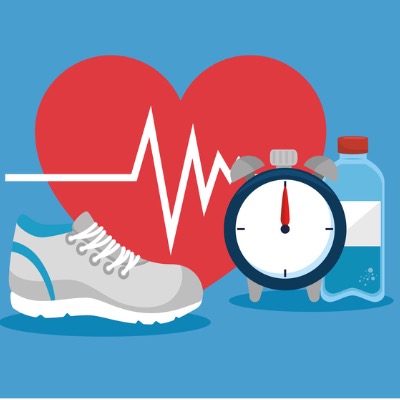
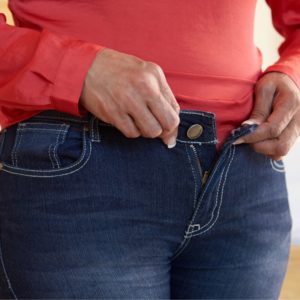
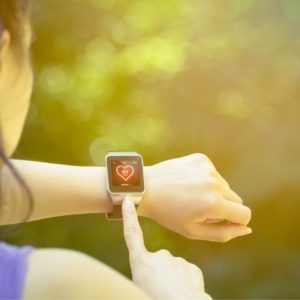 minute. But a Women’s Health Initiative Study found that women who had resting heart rates of more than 76 beats a minute were 26% more likely to have a heart attack than those whose heart rates were close to 60. Best way to get it down to 60? You guessed it: exercise!
minute. But a Women’s Health Initiative Study found that women who had resting heart rates of more than 76 beats a minute were 26% more likely to have a heart attack than those whose heart rates were close to 60. Best way to get it down to 60? You guessed it: exercise!
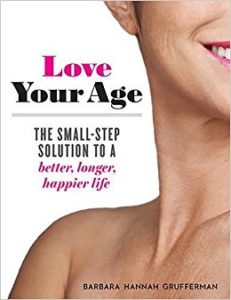
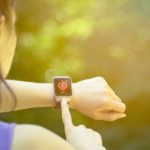




























































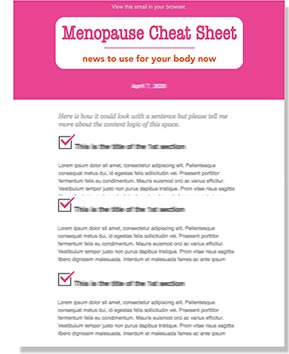
One comment